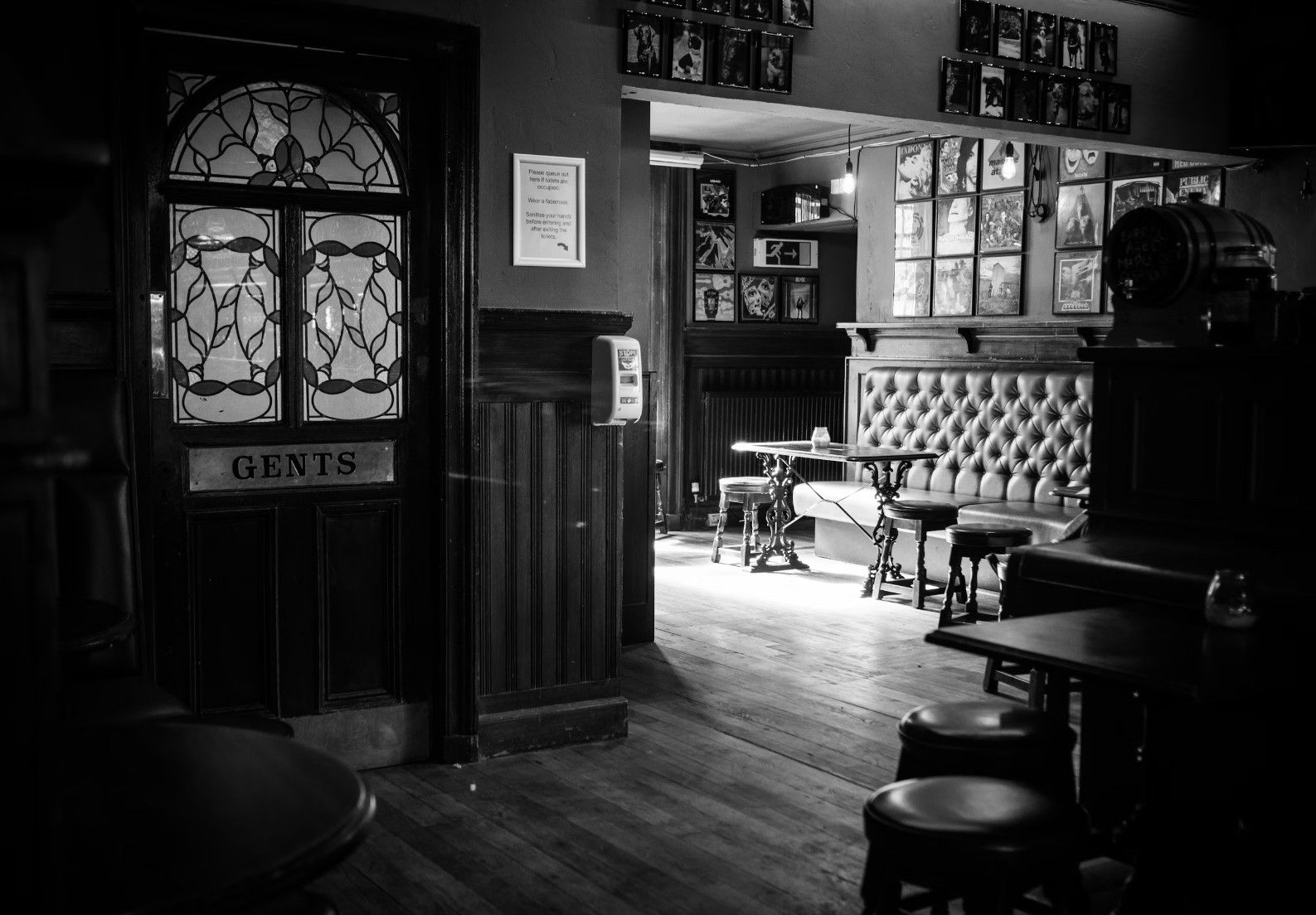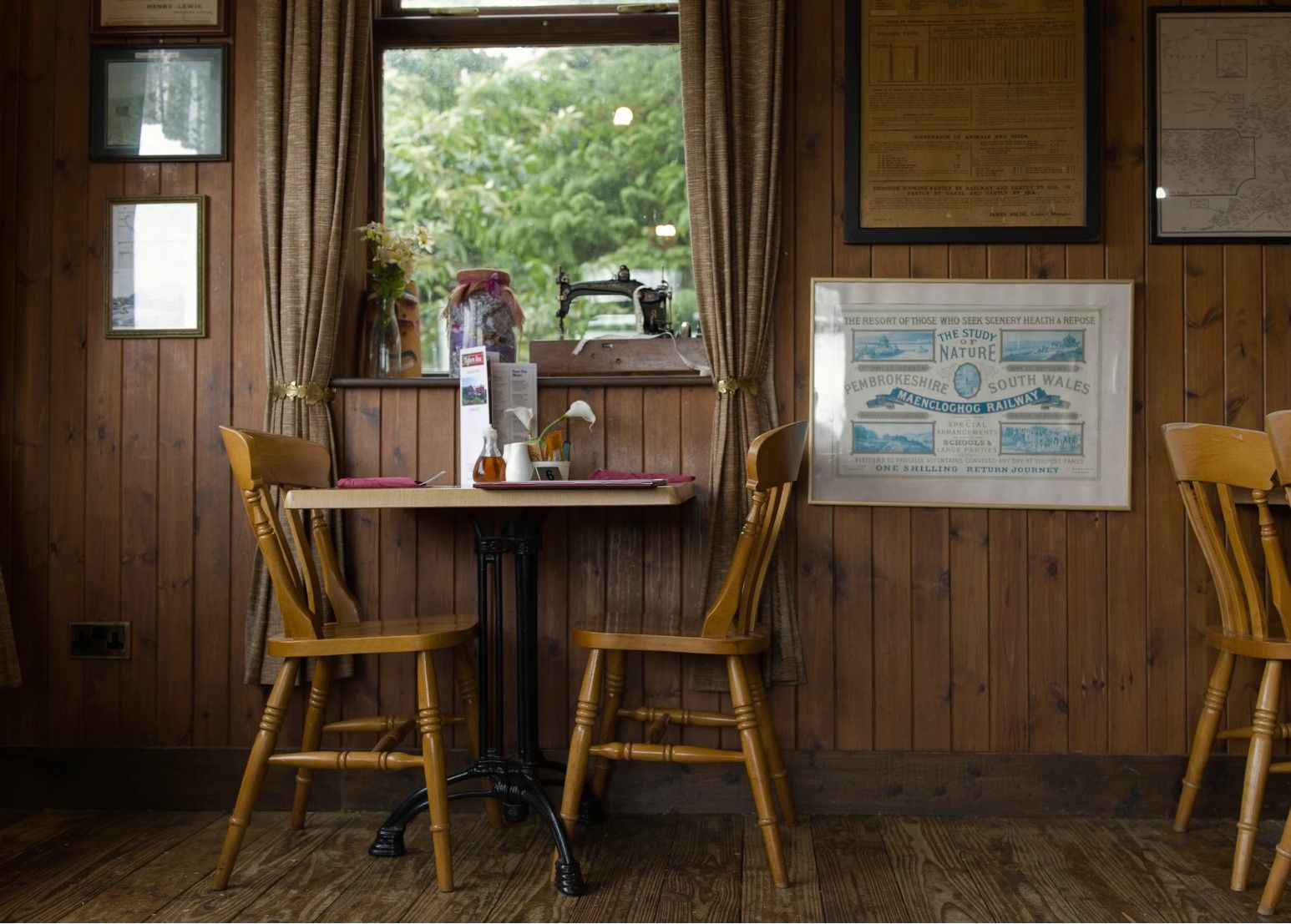Floor Sanding & Restoration in Bars and Pubs

The flooring in bars and pubs faces some of the most demanding conditions in the hospitality industry. Constant foot traffic, spilled drinks, moving furniture, and occasional rowdy behavior take a severe toll on wood floors. Professional sanding and restoration not only bring these floors back to life but also address critical safety and hygiene concerns unique to nightlife establishments.
The Unique Challenges of Bar and Pub Flooring
Entertainment venues present distinct flooring challenges that go beyond typical commercial wear. Sticky residue from spilled alcohol attracts dirt and creates slippery surfaces, while cigarette burns (in smoking-permitted venues) and chewing gum leave permanent marks if not properly treated. The constant dragging of bar stools and chairs creates deep scratches, and moisture from ice or cleaning can warp wood over time.

Nighttime operations complicate maintenance schedules, as most bars have limited closing hours when restoration work can occur. The need to minimize downtime while achieving durable results requires specialized approaches not found in residential or standard commercial projects.
Specialized Restoration Process for Nightlife Venues
The restoration process begins with a thorough evaluation of floor damage specific to different zones - the bar area typically shows the most severe wear, while dance floors suffer from scuffing and impact damage. Dining sections often have food stains and chair leg marks that require attention.
Industrial sanding equipment removes years of accumulated damage, starting with coarse abrasives to eliminate deep scratches and stains. In particularly damaged areas, technicians may employ specialized techniques like wood filler for gouges or steam cleaning for stubborn sticky residues. Dust containment remains crucial, as fine particles can contaminate glassware and affect air quality in tightly spaced venues.
The finishing stage uses commercial-grade products designed for hospitality environments. Epoxy-enhanced polyurethanes provide exceptional resistance to alcohol and chemical spills, while textured finishes improve slip resistance in potentially wet areas. Some establishments opt for darker stains to better conceal future wear between refinishing cycles.
Safety and Compliance Considerations
Floor safety takes on heightened importance in venues where patrons may consume alcohol. Restored floors must meet strict slip resistance standards, particularly in areas prone to spills. Many jurisdictions require specific coefficient of friction measurements for bar floors, necessitating specialized finishes and proper lighting to highlight potential hazards.
Health department regulations also influence finishing choices. Products must be non-toxic when fully cured and resistant to bacterial growth - crucial for establishments serving food. Proper sealing prevents liquid penetration that could lead to mold or structural damage beneath the surface.
Operational and Aesthetic Benefits
A professionally restored floor transforms a venue's atmosphere. The rich appearance of renewed wood enhances the establishment's ambiance, supporting premium positioning. Well-maintained floors also simplify daily cleaning routines, as smooth, properly sealed surfaces don't trap dirt or require aggressive scrubbing.
From an operational standpoint, restoration proves far more cost-effective than replacement. Most bar floors can undergo multiple sanding cycles before requiring new boards, providing significant savings compared to complete tear-outs. The process also allows for design updates, such as changing stain colors to match rebranding efforts.

Maintenance Strategies for Longevity
Post-restoration care extends results between professional refinishing. Daily dry sweeping removes abrasive particles, while pH-neutral cleaners preserve finishes during mopping. Protective pads under furniture legs prevent scratches, and immediate spill cleanup minimizes liquid damage.
Establishments with particularly heavy traffic may implement quarterly deep cleaning and annual touch-ups for high-wear zones. Some venues apply temporary protective coatings before major events to guard against exceptional wear.
Conclusion
For bar and pub owners, professional floor restoration represents a smart investment that pays dividends in safety, aesthetics, and operational efficiency. By addressing the unique demands of nightlife environments through specialized techniques and products, establishments can maintain beautiful, functional floors that withstand the rigors of hospitality while creating the right atmosphere for social experiences.



